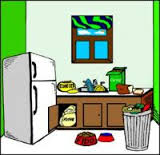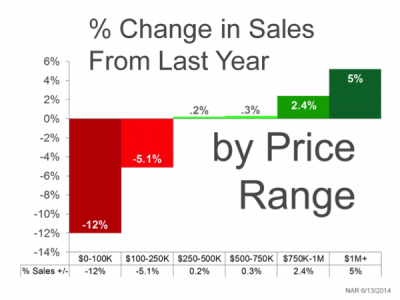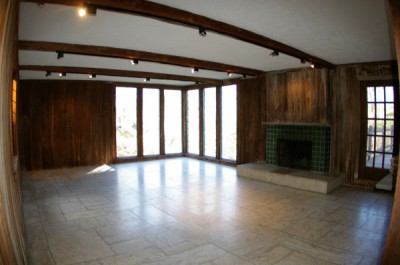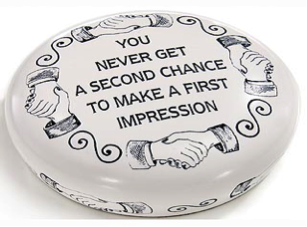When you think of your home, you probably think of the memories it reflects. Your favorite comfy chair, your kids’ graduation photos, the quaint teapot you picked up from your local flea market—all of these items make a house a home. Accordingly, you’ve likely decorated your home according to your personal style. While personalized decorating is essential to falling in love with your home, it’s exactly what needs to go when you try to sell it.
Home staging is, at its core, depersonalization. It’s allowing the buyer to mentally “move in” to your home. This is why home staging tends towards neutral colors and universal appeal. Here at Stage to Move, we position furniture and redecorate homes to maximize a home’s architectural attributes and showcase its best features in an organized, stylish, and polished way.
Another way of understanding this difference is to consider who is the intended audience of the change in appearance. Decorating a home is, obviously, done for the sole purpose of pleasing the home’s owners. Home staging, on the other hand, is intended to please an audience of potential buyers.
Also note that the audience is different. Home staging clients trust their home stagers to decorate their home to sell, not to live in. This gives stagers more creativity and freedom to do what they think is best. Decorating is intended to suit the needs and preferences of the owner for his or her own personal use. Thus, it is inherently more practical and more dependent on the specific tastes of the owner than on the creativity of the designer.
We understand that this can be difficult for many homeowners to grasp. However, it’s important to keep in mind that you are selling a product that happens to be your home. You want to make that product be the most appealing to the buyer, and sometimes that means depersonalization. And don’t forget that when you move into your new home, you can personalize as your heart desires—using all of that extra cash home staging will generate!

The end result









